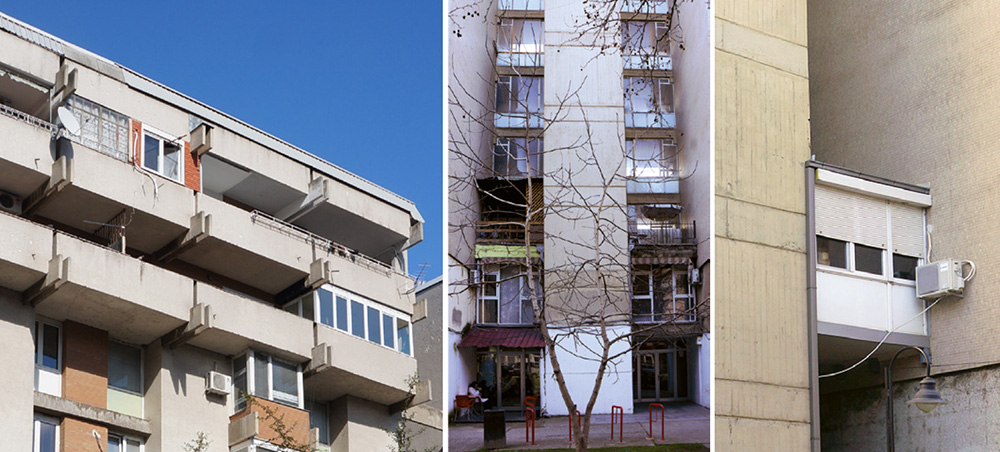Additional Files
DOI:
https://doi.org/10.52200/docomomo.68.09Keywords:
Kenzo Tange, City center plan for Skopje, City Wall housing complex, Symbolic cityscape image, disregarded cultural heritageAbstract
The 1963 earthquake in Skopje, North Macedonia, prompted an international response culminating in the Town Planning Project financed by the UN Special Fund, which resulted in a new master plan for the city. An international competition for the reconstruction of the Skopje city center was launched as part of the project. The Kenzo Tange entry, which won three-fifths of the first prize, became a representation of the new Skopje. It relied on an autofabulation approach, using elements like ‘city gate’ and ‘city wall’ as important parts of the concept. One of the major features was the City Wall housing development which encircled the central business district (CBD). This paper examines the initial proposal and the phases it passed through to become a new development plan for the center. In this process, Tange played a significant role, defining major planning aspects of the complex, which was later completed according to projects by local architects. The City Wall supported housing as permanent activity in the center and introduced a housing complex of towers and blocks, which became a prominent feature of the Skopje skyline. Although it had to be adapted to the existing conditions and some of the original ideas had to be abandoned, the City Wall complex stood the test of time. Unfortunately, especially since the late 1980s and throughout the 1990s, a number of interventions and alterations have compromised its appearance and some of the basic ideas. The paper argues that the City Wall complex should be proclaimed a cultural heritage, and immediate action should be taken to prevent irreparable damage and to preserve the City Wall as an important and recognizable image of Skopje’s townscape.
How to Cite
Published
Issue
Section
License
Copyright (c) 2023 Vlatko P. Korobar, Jasmina Siljanoska

This work is licensed under a Creative Commons Attribution 4.0 International License.
Plaudit
References
FRAMPTON, K. (1982). Modern Architecture a Critical History, Thames and Hudson, London.
The Japan Architect, (1967). Kenzo Tange: From Architecture to Urban Design, Article: Skopje Urban Plan, no. 130, pp. 30-69.
The Japan Architect, (1971) Article: (special issue – lineage of urban design) Skopje City Center, no. 1978, September-October 1971.
Kenzo_Tange_Acceptance_Speech_1987.pdf (pritzkerprize.com) Accessed: 06. 03. 2023
KOROBAR, V. P., Siljanoska, J. (2018). Enhanced Right to the City for All: Skopje Public Space Profile, UN Habitat Project, Faculty of Architecture, University SS. Cyril and Methodius, Skopje.
KULTERMANN, U. (1970). Kenzo Tange, Pall Mall Press, London
MRDULJAŠ, M., Kulić V., ed. (2012). Unfinished Modernisations: Between Utopia and Pragmatism. UHA-CCA, Zagreb
Report on City Centre Planning, (1966). ITPA - Institute of Town Planning and Architecture, Skopje
Skopje Resurgent, (1970). UNDP, United Nations, New York
Skopјe centar – Gradski dzid: stanbeni blokovi i kuli, (1968). ZSKS - Zavod za stanbeno-komunalno stopanisuvanje na grad Skopјe [Skopje Center – City Wall: Housing blocks and towers, (1968). The Institute for Housing and Communal Management of Skopje]





